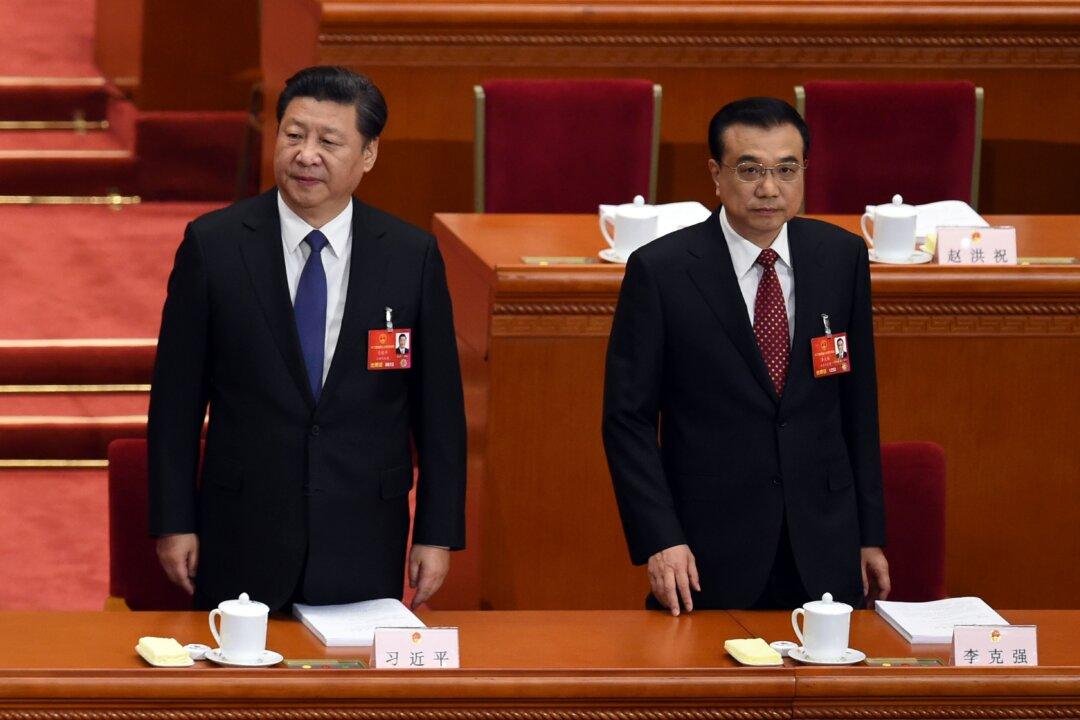News Analysis
A few months ago, Chinese leader Xi Jinping touted “common prosperity.” But in recent weeks, Beijing has barely mentioned it and instead began referring to a modified version of the policy, called “third distribution.”

A few months ago, Chinese leader Xi Jinping touted “common prosperity.” But in recent weeks, Beijing has barely mentioned it and instead began referring to a modified version of the policy, called “third distribution.”